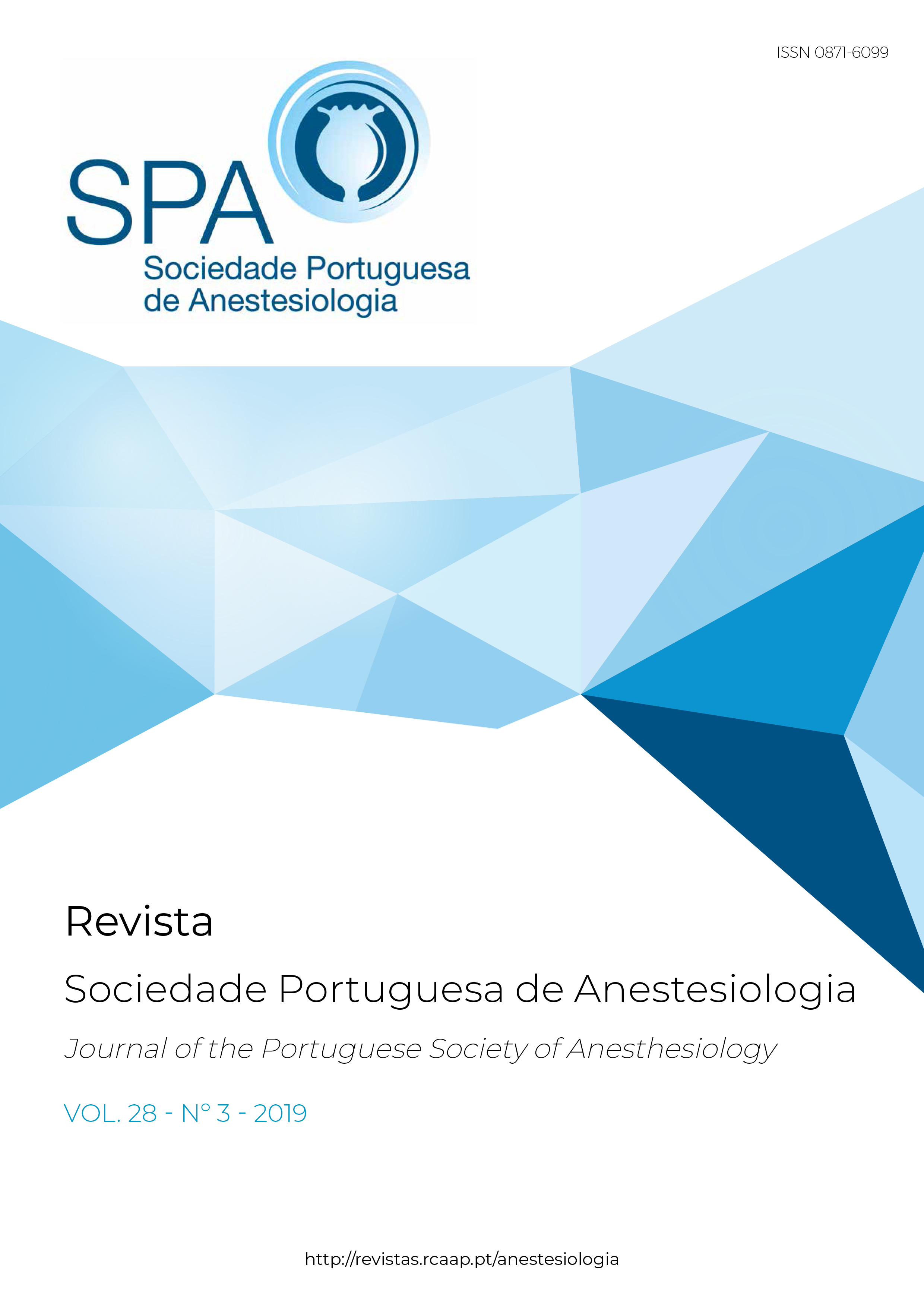Third-degree Atrioventricular Block and Asystole Induced by Double-Lumen Tube Intubation
A Rare but Risky Airway Management Complication
DOI:
https://doi.org/10.25751/rspa.18094Keywords:
Airway Management; Anesthesia, General; Atrioventricular Block; Intubation, IntratrachealAbstract
Single-lung ventilation with a double lumen tube remains essential in thoracic surgery. Though these tubes insertion can be associated with multiple complications, from airway trauma or pulmonary shunt, potentially lethal complications can also occur, as we describe in the following case report. The authors believe the double lumen tube insertion in this case report induced a third-degree atrioventricular block and underline the lack of case reports and literature evidence regarding this potential complication. To our knowledge, no studies to date have reported third-degree A-V block occurring with double lumen tube insertion.
Downloads
References
2. TheTask Force on cardiac pacing and resynchronization therapy of the European Society of Cardiology (ESC). Developed in collaboration with the European Heart Rhythm Association (EH-RA), Brignole M, Auricchio A, BaronEsquivias G, Bordachar P, et al. 2013 ESC Guidelines on cardiac pacing and cardiac resynchronization therapy. Eur Heart J. 2013; 34:2281-29. doi: 10.1093/eurheartj/eht150.
3. Atlee J. Complications in Anesthesia. 2nd ed. Berlin: Saunders; 2006.
4. Byun J, Jung C, Shin S. Occurrence of complete atrioventricular block during surgery. Korean J Anesthesiol. 2011; 61:90–2.
5. Noh J, Lee J, Woo S, Kim Y, Cho S, Kim S, et al. Complete atrioventricular nodal block after propofol administration in an elderly patient undergoing total knee replacement arthroplasty. Korean J Anesthesiol. 2013; 64:363-6.
6. Pires LA, Huang SK, Wagshal AB, Kulkarni RS. Electrophysiological effects of propofol on the normal cardiac conduction system. Cardiology. 1996;87:319–24.
7. Bin Ko H, Lee D, Lee Y. Severe bradycardia during suspension laryngoscopy performed after tracheal intubation using a direct laryngoscope with a curved blade -A case report. Korean J Anesthesiol. 2010; 59:116–8.
8. Yoo KY, Jeong CW, Kim WM, Lee HK, Jeong S, Kim SJ, et al. Cardiovascular and arousal responses to single-lumen endotracheal and double-lumen endobronchial intubation in the normotensive and hypertensive elderly.
Korean J Anesthesiol. 2011;60:90–7.
9. Wei W, Tian M. Double-lumen tube intubation using video laryngoscopy causes a milder cardiovascular response compared to classic direct laryngoscopy. Pak J Med Sci. 2016;32:35–9.
10. Nabecker S, Grubhofer G, Hager H, Goliasch G, Fischer H, Bernardi M, et al. Hemodynamic and humoral response to intubation with doublelumen endotracheal tubes versus single-lumen tubes combined with an
endobronchial blocker: a randomized clinical trial. J Anesth Clin Res. 2014;5:377.
11. JCS Joint Working Group. Guidelines for non-pharmacotherapy of cardiac arrhythmias (JCS 2011). Circ J. 2013; 77:249–74. doi: 10.1253/circj.cj-66-0054
Downloads
Published
How to Cite
Issue
Section
License
Articles are freely available to be read, downloaded and shared from the time of publication.
The RSPA reserves the right to commercialize the article as an integral part of the journal (in the preparation of reprints, for example). The author should accompany the submission letter with a declaration of copyright transfer for commercial purposes.
Articles are published under the terms of the Creative Commons Attribution Non-Commercial License (CC BY-NC).
After publication in RSPA, authors are allowed to make their articles available in repositories of their home institutions, as long as they always mention where they were published.


